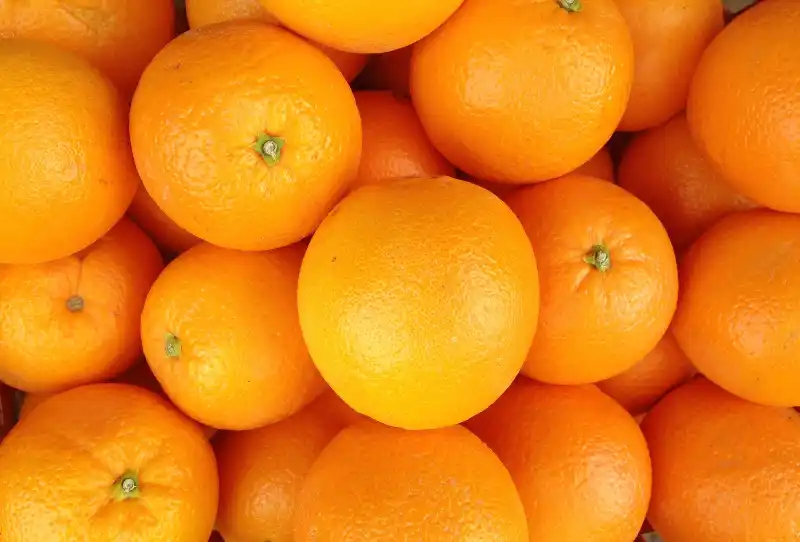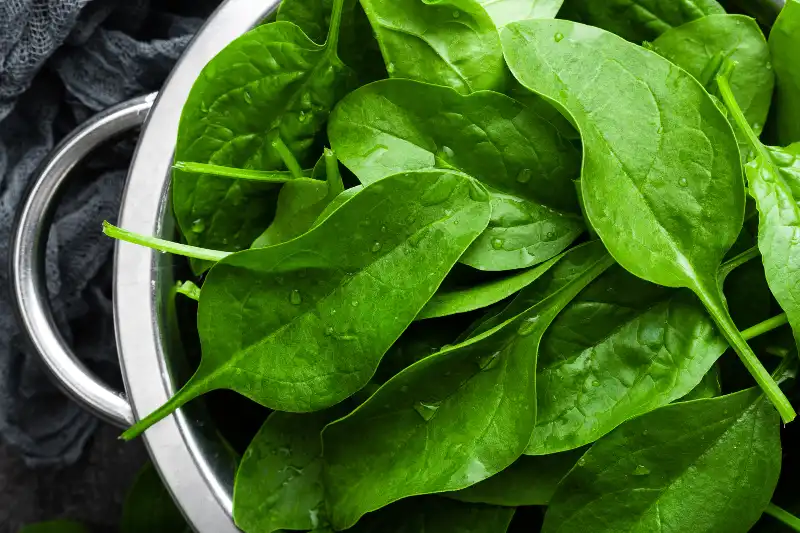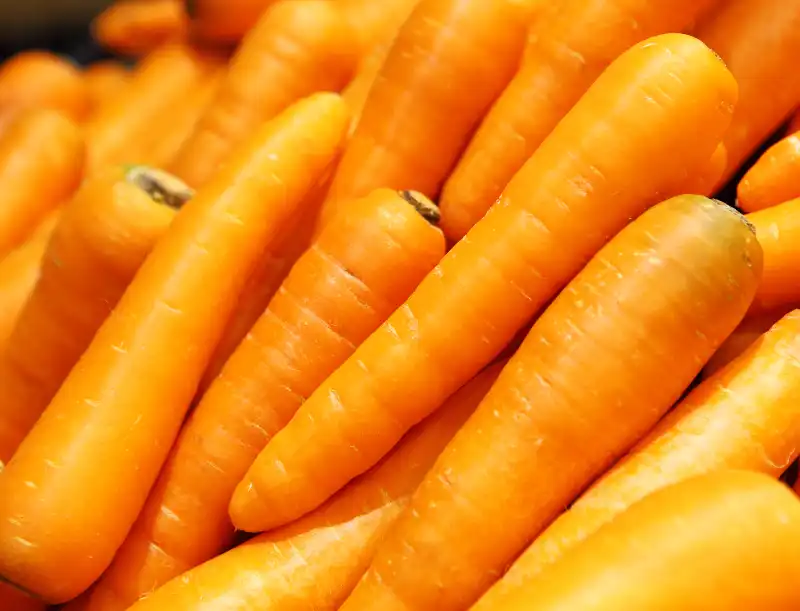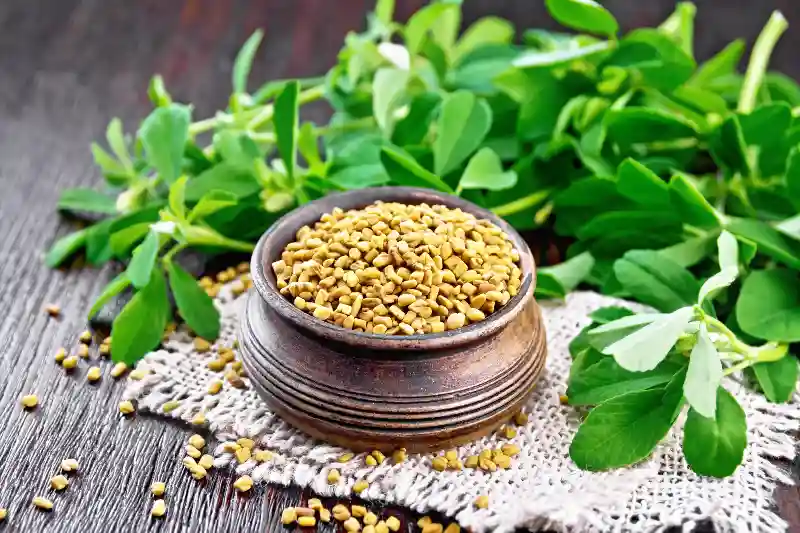Last updated on September 27th, 2022
Diabetes prevalence across the globe has increased. When the body either becomes insulin resistant or has a deficiency in producing the insulin it results in diabetes. This results in decreased absorption of blood glucose by cells for metabolism. When left untreated diabetes can cause health ailments like heart diseases, kidney diseases, neuropathy, leg amputation, eye loss, etc. Hence proper care and management must be essential during diabetes. Read this article to know about the top 10 winter food for diabetics.
But can weather patterns impact diabetes or blood glucose levels? Yes, both summer and winter seasons have an impact on blood glucose levels. Let us explore how winter weather impacts insulin needs and the best winter diet plan that could help in managing diabetes.
Winter Impact on Diabetics
According to numerous types of research winter weather has a significant impact on insulin needs by the body. The key reasons that impact insulin needs by the body in winter are as follows:
- Due to the cold, the sunlight is available only for a few hours. You don’t get the proper amounts of vitamin D. This causes weakness and you may experience fatigue.
- Winter cold makes you feel tired and stressed easily. Stress and fatigue cause the release of hormones like adrenalin and cortisol. These hormones cause the liver to produce more glucose for body needs which results in higher blood sugar levels.
- Due to cold weather, you may exercise less and eat more. Cold weather causes an increase in ghrelin hormone. This hormone increases hunger resulting in the desire to eat more calories. This impacts your blood glucose levels.
- Water intake during the winter season decreases.
- Cold weather can cause blood to thicken and increase blood pressure.
All these factors above signal the body to generate more glucose for energy needs which results in increased levels of blood glucose.
Moreover, external insulin injections require a proper temperature to be effective. When the temperature falls rapidly the insulin protein structure gets degraded and can therefore cause the medicine inefficient. Thus, in winters if you are on a proper diet and still notice unusual blood glucose readings, it may be an indication that you need a fresh insulin bottle.
Summary
Due to less exercise, less exposure to sunlight, improper diet, and less intake of water in winters the blood glucose levels increase.
10 Winter Food For Diabetics
Cold weather is known to create carving for food. Cold weather causes changes in levels of the hormones ghrelin and leptin. These hormones are triggers for hunger and satiety. The changes in levels of these hormones thus make you feel hungrier resulting in the intake of higher calories diet [6]. It is therefore essential to select a proper winter food diet that addresses your hunger needs, loves for winter foods and manages diabetes effectively.
Here is the list of the best winter foods for diabetics that can help you to manage diabetes effectively.
Apple
Apples are the best source of carbs, fiber, and Vitamins for you in winter. An apple can provide you with 77 calories. It is the best fruit for diabetic patients due to its low glycemic index value of 36. Apple contains antioxidant polyphenols. Polyphenols helps the pancreas to produce insulin, enhance body metabolic balance, and decrease the rate at which blood glucose levels are absorbed by the body cells. Apple also reduces diabetes complications and the risks of developing type 2 diabetes due to the presence of antioxidant anthocyanin [4].
Also Read: Simple Ways to Reverse Diabetes
In winter you can enjoy a small to medium-sized apple per day. You can eat apple cubes with cinnamon or bake them by adding cinnamon powder and 1 tablespoon of oil.
Also Read: How to Lower Blood Sugar Level?
Oranges
Oranges are citrus fruits that are a rich source of Vitamin C, fiber content, and potassium. It has a low glycemic index value and thus do not cause spikes of blood glucose levels immediately after eating.
Vitamin C is highly essential for diabetic patients as it helps in decreasing blood glucose levels. According to research an intake of 1000 mg of vitamin C on daily basis by type-2 diabetic patients helps in reducing blood glucose. Vitamin C is also a great antioxidant and thus helps in healing damaged cells. This healing reduces the health complications related to type-2 diabetes [4].
The high fiber content of orange helps in controlling blood pressure and cholesterol levels.
Eating oranges as a whole is good for the diabetic person. Avoid consuming oranges in juice form as it can cause spikes in blood glucose levels immediately.
Also Read: Health Benefits of Basil Seeds
Spinach
Green leafy spinach is readily available in winter. These are a great source of iron, vitamin A, Vitamin C, calcium, phosphorus, and potassium. It is a low-carb diet and thus a perfect winter food choice for diabetic patients.
Numerous benefits from spinach for diabetic patients is as follows:
- Vitamin A and lutein present in spinach are essential for eye vision and reduce the risks of retinopathy.
- Vitamin C boosts immunity.
- Potassium in spinach is highly useful in reducing the risks related to heart diseases.
- Iron and essential proteins help in increasing hemoglobin and reduce the risks of anemia and fatigue in the body.
- Alpha-lipoic acid is present in spinach. It is a great antioxidant. It helps in increasing insulin sensitivity[ 1].
- High fibre and low carb content helps in weight management and thus reduce blood glucose levels.
Overall, spinach is a great food choice in winter for diabetic patients.
Lettuce
Lettuce is a green leafy vegetable that is best for diabetic patients. A cup of lettuce provides 5 to 10 calories of energy making it a perfect choice for a low-carb diet. The rich fiber content in lettuce reduces the hunger desire and thus making it a perfect choice for weight management [1].
Apart from it lettuce provides vitamin A and K. Vitamin A reduces the risks of retinopathy in diabetic patients while Vitamin K reduces the risks of blood clots. Lettuce also helps in increasing glucose tolerance and thus is good in regulating blood sugar levels [1].
Also Read: Benefits of Fennel Seeds
Carrots
Winter delight carrots are the best options for the diabetic diet. Carrots can be eaten raw or can be consumed by cooking them. These are sweet flavored and are thus loved by everyone.
- Carrots have a low glycaemic index value of 16 and are thus best for diabetic persons. These are a rich source of Vitamin C that helps in boosting immunity.
- Generally carrots are the source of beta-carotene and Vitamin A. Both help in improving eye vision and reduce the risks associated with retinopathy a diabetic complication [3].
- A medium-sized carrot can provide you with 4 grams of carbs and good amounts of fiber.
This helps in reducing weight and controlling hunger desires [3].
Thus, carrots help in boosting immunity, controlling hunger desires, providing the right amounts of energy, and reducing the risks of type-2 diabetes [3]; making carrots a perfect food for the diabetic diet.
Guava
Guava naturally sweet fruit is a highly nutritious fruit best for the diabetic diet. It has good amounts of dietary fiber, Potassium, Vitamin C, Vitamin A, and lycopene.
The rich fibre content in Guava helps in maintaining good bowel movements and helps in weight management. Potassium helps in maintaining blood pressure levels [4].
Guava skin is causes spikes in blood glucose levels, so it is good to peel and eat guava. Thus, Guava helps in regulating blood glucose levels by slowing the release of glucose in the bloodstream.
Methi (Fenugreek)
Methi(Fenugreek) is great anti-diabetic spice choice. It has high fiber content that slows the glucose release into the bloodstream and thus helps in reducing blood sugar levels. It is also known for its anti-inflammatory properties and is thus good for immunity boosting [4].
Methi with boiled or warm water helps in improving the way your body uses sugar. The best way is to put the Methi seeds in a glass of water overnight. Filter the water and drink it on empty stomach.
Cruciferous vegetables
Cruciferous Vegetables are abundantly available in winter. These include cabbages, cauliflower, Brussels sprouts, broccoli, kale, etc. These vegetables are the best choice for diabetic winter food due to the following reasons:
- These are highly non-starchy vegetables suitable for weight management.
- These are a rich source of Vitamin C that helps in boosting immunity.
- Nearly 7% of these vegetables contain fiber. Fiber reduces absorption rates and helps in decreasing hunger desire. Fiber also controls blood sugar spikes.
- Vegetables like Cauliflower contains sulphur, nitrogen, and other vitamin and minerals that help in reducing body inflammation. The antioxidant present in cauliflower reduces the risks of heart diseases and cancer [2].
- Sulforaphane is an element that is present in broccoli. It helps in reducing blood glucose levels [2].
- Antioxidants present in Kale are good for maintaining correct blood sugar and blood pressure [2]
- Vitamin K present in these vegetables helps in regulating blood clotting and thus reduces the risks of heart valves blockages in winter [2].
Thus, these groups of vegetables are good for diabetic patients in winter.
Turmeric Milk
To keep you warm in winter, turmeric milk is the best choice. Turmeric is a powerful antioxidant, is known for its anti-inflammatory and antiviral properties. This makes turmeric the best immunity booster.
Turmeric is also known to help in reducing cholesterol levels. It is also known to help in stabilizing blood sugar levels and thereby making diabetes more manageable [5].
Milk is a rich source of calcium and a perfect choice for strengthening your bones in winter. Thus, drinking a cup of warm turmeric milk shall help in managing diabetics, reducing heart and cholesterol risks, helps in strengthening bones, and enhancing skin beauty.
Cinnamon tea
Cinnamon is a natural spice and a powerful antioxidant. It acts as a powerful anti-inflammatory agent and thus helps in boosting immunity. Several studies have proved that cinnamon reduces cholesterol levels and thus helps in reducing the risks associated with heart diseases. Regular cinnamon intake helps in lowering blood sugar levels by increasing insulin sensitivity. It imitates the effects of insulin and increases glucose absorption by the cells thereby resulting in lowering of blood sugar levels [5].

Break 1 small stick of cinnamon and add 3 cups of water to it. Boil the water. Add ginger for increase the taste. Add tea powder and heat for 20 minutes. Your Cinnamon tea is ready for making you warm in winter.
Guidelines
Keeping yourself warm and healthy is highly essential in winters. Some of the best ways to enjoy healthy winters while being diabetic are as follows:
- Eat a fiber-rich breakfast. You can eat guava or apple, Cinnamon tea for your breakfast.
- Try to include more green leafy content for a rich fibre and low carb diet.
- Avoid eating processed fruits and vegetables.
- Keep yourself hydrated. Drink warm water or you can even drink warm lemon water.
- Keep your feet warm, dry, and safe. Wear warm socks and do regular exercises to keep good blood circulation.
- Moderate exercise of 15 minutes is essential for diabetics during winter to keep the body active.
- Regularly measure your blood glucose levels and take proper medication.
Bottom line
The Winter season can make you stay indoors. You need to be careful in winters especially if you are diabetics as the winter season can cause an increase in hunger desire. Rich fibre food and a low-carb diet can reduce this hunger desire. Keep yourself warm and remember to do 15 minutes of exercise daily for proper blood circulation. Finally, keep yourself hydrated in winter by enjoying warm water or warm cinnamon tea.
Also Read: Navratri Diet Plan
FAQs:
Can I drink green tea while being diabetic?
Green tea helps in reducing fasting glucose levels and is thus good for diabetic patients. It is also known to reduce stress and help in weight management.
Can we take any Vegetable Juice while diabetic in winter?
It depends on your diabetes management. If you are good at diabetes management taking vegetable juice of ½ cup in 1 serving can be a good option else avoid taking juices.
Can I eat dates while diabetic?
Dates have a low Glycemic index value and thus shall not cause spikes in your blood sugar levels. Dates have a medium glycemic load value thus, eating 1 or 2 fruits will not cause any harm if you are diabetic. Thus dates are a safe choice for people with diabetes.
References:
- Kailash S Chadchan, Jameel G Jargar, Swastika N Das (2016). Anti-diabetic effects of aqueous prickly lettuce (Lactuca scariola Linn.) leaves extract in alloxan-induced male diabetic rats treated with nickel (II). https://pubmed.ncbi.nlm.nih.gov/26352090/
- Chen, G. C., Koh, W. P., Yuan, J. M., Qin, L. Q., & van Dam, R. M. (2018). Green leafy and cruciferous vegetable consumption and risk of type 2 diabetes: results from the Singapore Chinese Health Study and meta-analysis. British Journal of Nutrition, 119(9), 1057-1067.
- Sluijs, I., Cadier, E., Beulens, J. W. J., Spijkerman, A. M. W., & Van der Schouw, Y. T. (2015). Dietary intake of carotenoids and risk of type 2 diabetes. Nutrition, Metabolism and Cardiovascular Diseases, 25(4), 376-381. https://www.nmcd-journal.com/article/S0939-4753(14)00373-1/fulltext
- https://food.ndtv.com/food-drinks/world-diabetes-day-try-these-9-winter-foods-to-manage-diabetes-2323248
- https://www.ndtv.com/health/choose-these-healthy-drinks-to-stay-warm-this-winter-2327052
- Diabetes and Cold Weather – How Does Winter Affect the Condition? Retrieved from: https://mydario.com/cold-weather-and-diabetes/
Last Updated on by Dr. Damanjit Duggal
Disclaimer
This site provides educational content; however, it is not a substitute for professional medical guidance. Readers should consult their healthcare professional for personalised guidance. We work hard to provide accurate and helpful information. Your well-being is important to us, and we value your feedback. To learn more, visit our editorial policy page for details on our content guidelines and the content creation process.

 English
English




















